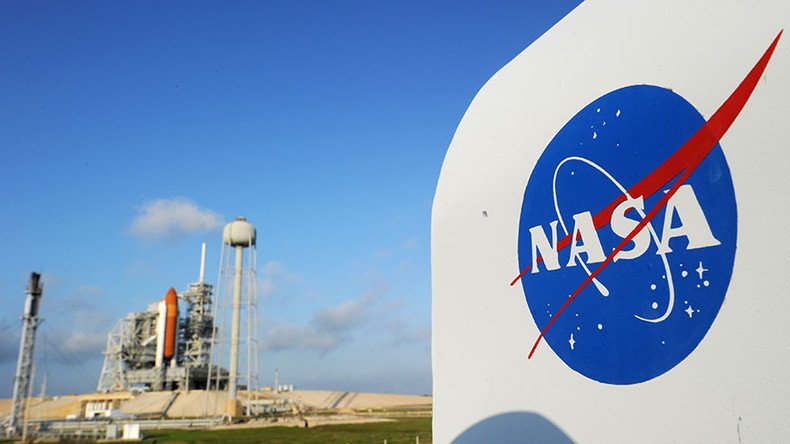Senate bill underfunds Mars mission to spend $1 billion on rocket NASA doesn’t need

NASA’s goal of sending humans to Mars requires some extra cash, so a $21 million budget increase proposed by a Senate committee would seem like welcome news. However, there are strings attached that actually leave the Mars mission underfunded.
This past week, the US Senate Committee on Appropriations proposed an allocation of $19.3 billion for the National Aeronautics and Space Administration’s (NASA) budget for the 2017 fiscal year, which runs from October 1, 2016 through September 30, 2017. Combined with funding from the Departments of Commerce, Justice, and Science, the total $65.4 billion sum seems generous enough, but what the senators hope to accomplish with that money is not quite what some had in mind.
“The Committee remains supportive of science and innovation, and has maintained a healthy funding level for NSF while preserving the balanced and productive space program within the NASA,” the committee wrote. “Ignoring the proposed funding cuts, this bill makes it possible NASA to achieve efficient and cost-effective operations for the agency’s science and exploration missions, many of which will reach critical stages of development during the fiscal year 2017.”
The @NASA budget approved by a Senate appropriations subcommittee will increase funding to Space Launch Systems. https://t.co/I4uvjSFE91
— FiscalTrak (@FiscalTrak) April 20, 2016
However, the Senate plan reserves funding for the Space Launch System (SLS) rocket and Orion space capsule “before all other elements of NASA’s exploration program,”reported Ars Technica.
NASA's Orbital ATK is about to launch! https://t.co/ljsxeAwOC1pic.twitter.com/lbwMJcB8pB
— RT America (@RT_America) March 23, 2016
One astronaut believes the reason is political. Politicians want to guarantee jobs, regardless of what purpose those jobs serve.
“Historically, the SLS would be putting the cart before the horse,” Apollo astronaut Harrison Schmitt told Ars Technica. “Certainly the Saturn V rocket was developed, the Panama Canal was dug, and the Lewis and Clark expeditions were done because of an overriding national purpose. To accomplish these kinds of purposes, you needed these kinds of technologies. It’s a lot different to say we’re going to build a rocket and then figure out what we’re going to do with it. Apollo was sustained because Congress and the country agreed that we ought to do it. It’s not quite so clear now, at least in the Congress, that the motivation is anything more than jobs.”
The bill would earmark more than $1 billion to speed up development of the SLS rocket, a 2010 congressional directive funded each year, to improve its capability to detach and ignite its own engine. On top of the SLS sits the Orion vehicle, which can carry four astronauts. There is a proposed test flight scheduled for 2018, and a few human missions slated in the mid-2020s. Once the rocket is built, it will continue to require funding for maintenance by contractors and ground crews, as well as ongoing supply lines.
NASA’s gigantic ‘Super Guppy’ cargo plane ships spacecraft destined for Marshttps://t.co/ZGjuYPXdPapic.twitter.com/kSdGu7ZRIV
— RT America (@RT_America) February 2, 2016
To cover the high costs of SLS, the Senate committee took funding from the Space Technology Program that was intended to “develop innovation to make space travel more affordable and sustainable.”
SpaceX awarded NASA contract for 5 International Space Station cargo missions worth ~$700mnhttps://t.co/V4rQDkbPb8pic.twitter.com/6x4wFZ0czE
— RT America (@RT_America) February 25, 2016
“Our long-term goal is to send humans to Mars, and to enable that goal we are undertaking a sustainable campaign and developing news systems for the human exploration of deep space,” said NASA administrator Charles Bolden, Jr in the fiscal year 2015 Summary of Performance and Financial Information, which was released on February 11, 2016.











